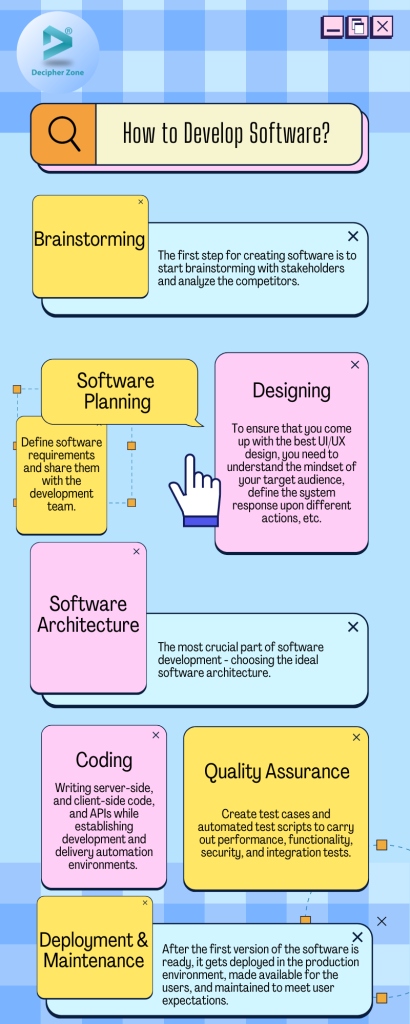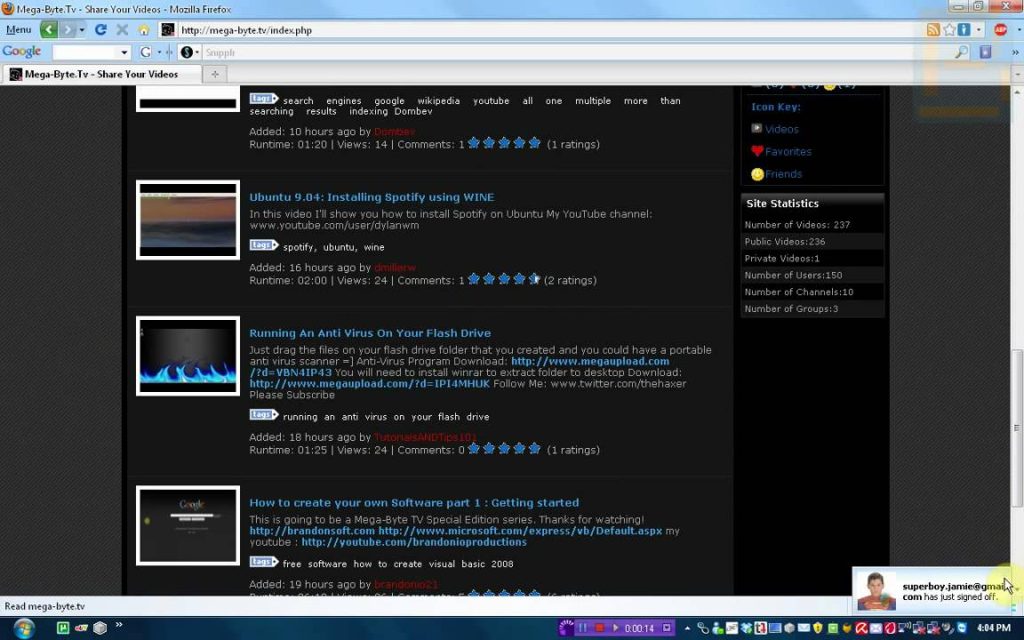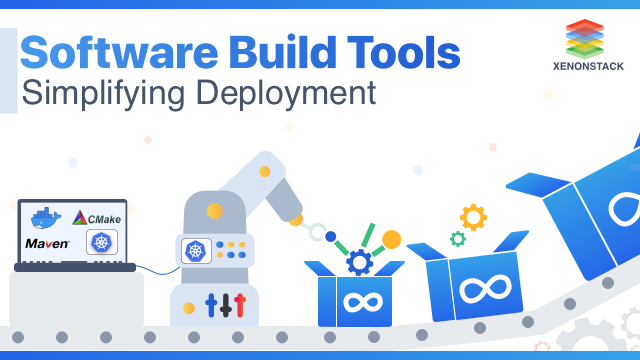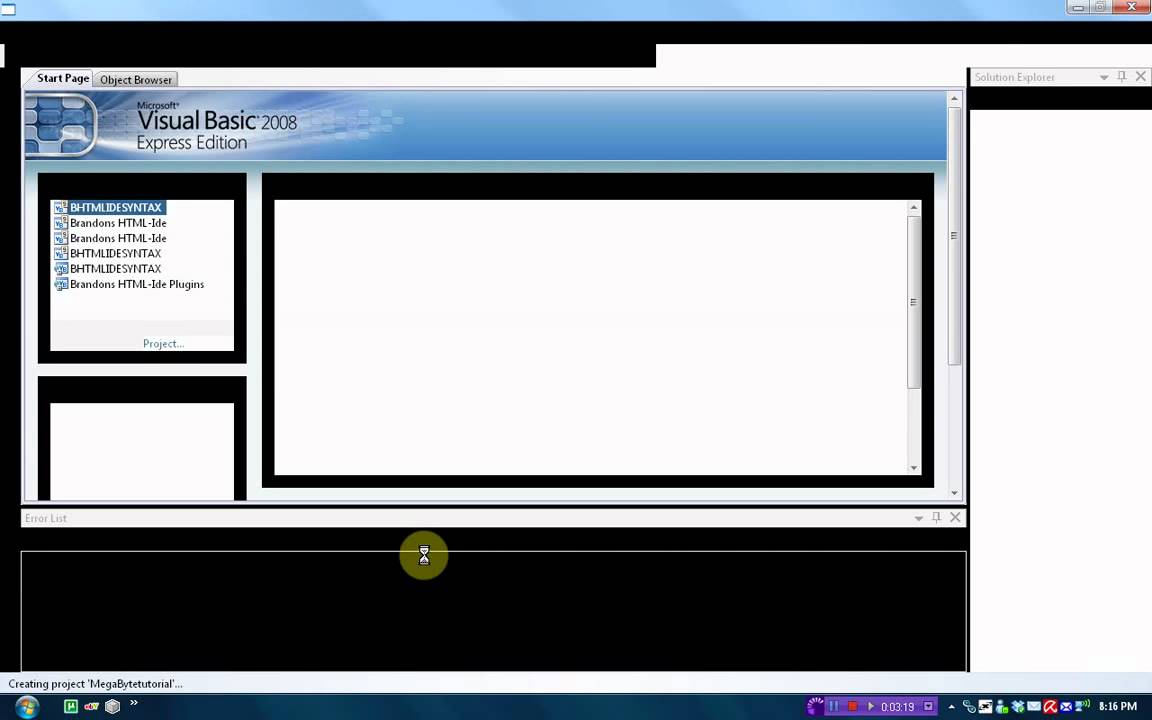So you want to create a software tool, but you’re not quite sure where to start? Well, look no further, because in this article, we’ll guide you through the process step by step. From brainstorming ideas to designing the user interface, and from coding the functionality to testing and debugging, we’ll cover all the essential aspects of creating a software tool. Whether you’re a seasoned developer or a beginner, this article will provide you with the insights and tips you need to bring your software tool to life. Let’s get started!

This image is property of ares.decipherzone.com.
Choosing the Software Tool
Identifying the Need
When it comes to creating a software tool, the first step is to identify the need or problem that the tool will address. Understanding the specific use case or purpose of the tool is crucial in order to deliver a solution that meets the requirements of the intended users. Take the time to thoroughly analyze the problem, gather user feedback, and define the goals and objectives of the tool.
Researching Existing Tools
Once you have identified the need, it is important to research existing tools in the market that may already provide a solution to the problem. This research is essential to gain insights into the features, functionalities, and user experiences of other tools that may be similar to what you are planning to develop. By understanding what is already available, you can identify gaps in the market and find opportunities to innovate and provide a better solution.
Evaluating Features and Functionality
After conducting research on existing tools, it is time to evaluate the features and functionality that your software tool should possess. Consider the requirements and expectations of the target audience, and determine which features are essential and which ones are nice-to-have. This evaluation process will help you define the scope of your tool and ensure that it aligns with the needs and preferences of the users.
Defining the Requirements
Identifying Target Audience
In order to create a software tool that effectively caters to the needs of its users, it is crucial to identify and understand the target audience. Who are the potential users of the tool? What are their demographics, preferences, and expectations? By answering these questions, you can create user personas that will guide the design and development process, and ensure that the tool resonates with its intended users.
Outlining Key Features and Functionality
Once the target audience has been identified, the next step is to outline the key features and functionality that the software tool will offer. This includes determining the core functionalities that are necessary for the tool to meet its purpose, as well as any additional features that may enhance the user experience. By clearly defining these features, you can create a roadmap for your development team and ensure that the tool meets the expectations of the users.
Setting Performance and Security Requirements
Performance and security are two critical aspects of any software tool. It is important to set clear performance requirements, such as response times, scalability, and reliability, to ensure that the tool performs optimally under different usage scenarios. Additionally, security requirements should be defined to protect user data, prevent unauthorized access, and mitigate potential vulnerabilities. By establishing these requirements from the outset, you can build a robust and secure software tool.

This image is property of images987.s3-us-west-1.amazonaws.com.
Designing the User Interface
Creating Wireframes and Mock-ups
The user interface (UI) is a crucial component of any software tool, as it directly impacts how users interact with the tool. To design an intuitive and user-friendly UI, it is important to create wireframes and mock-ups that visualize the layout, structure, and flow of the tool. This allows you to iterate on the design, gather feedback from stakeholders, and make necessary improvements before proceeding with development.
Refining the User Experience
While the UI focuses on the visual elements of the tool, the user experience (UX) encompasses the overall interaction and usability of the tool. It is important to refine the UX by considering factors such as ease of use, navigation, and accessibility. Conduct user research and usability testing to understand how users will interact with the tool and make necessary adjustments to improve the overall experience.
Obtaining User Feedback
Throughout the design process, it is essential to actively seek user feedback in order to ensure that the tool aligns with the needs and preferences of its intended users. Conduct user testing sessions, surveys, or focus groups to gather insights and uncover areas for improvement. By involving users in the design process, you can create a software tool that meets their expectations and provides a positive user experience.
Selecting the Technology Stack
Determining Programming Languages
Choosing the right programming languages is a crucial step in the development process, as it directly impacts the tool’s performance, scalability, and maintainability. Consider factors such as the tool’s requirements, existing technology infrastructure, and the expertise of your development team when determining the programming languages to be used. It is important to select languages that are reliable, widely supported, and suitable for the specific needs of the tool.
Choosing Frameworks and Libraries
Frameworks and libraries provide a foundation for building the tool and offer pre-built functionalities and components that can expedite the development process. Evaluate different frameworks and libraries that align with your tool’s requirements and choose ones that have a strong community support, good documentation, and a track record of stability and reliability. By leveraging these tools, you can streamline development and ensure the use of established best practices.
Evaluating Third-Party Integrations
In today’s interconnected world, it is often necessary to integrate various third-party services or APIs into your software tool to leverage existing functionality or data sources. Evaluate the available options for third-party integrations and ensure that they align with the requirements of your tool. Consider factors such as ease of integration, reliability, security, and the availability of necessary documentation and support.

This image is property of i.ytimg.com.
Developing the Backend
Designing the Database Schema
The backend development involves the design and implementation of the server-side logic that powers the software tool. One crucial aspect of backend development is designing the database schema, which defines the structure and organization of the data that the tool will store and retrieve. Identify the necessary data entities, relationships, and attributes, and create a database schema that ensures efficient storage and retrieval of data.
Implementing Server-Side Logic
Once the database schema is defined, it is time to implement the server-side logic that handles the business logic and processes user requests. This involves writing code to handle authentication, data validation, data manipulation, and integration with external APIs or services. By following established best practices, modularizing the codebase, and ensuring proper error handling, you can build a robust and scalable backend for your software tool.
Testing and Debugging
Testing and debugging are critical steps in the backend development process to ensure that the software tool functions as intended and is free of bugs and errors. Develop comprehensive test cases and scenarios to validate the functionality of the backend code. Conduct unit tests, integration tests, and end-to-end tests to verify the interactions between different components of the backend. Regularly debug and fix any issues that arise during the development process to ensure a high-quality backend implementation.
Building the Frontend
Implementing User Interfaces
The frontend development focuses on implementing the user interfaces that users will interact with. Leverage the wireframes and mock-ups created during the design phase to guide the development process. Use appropriate frontend technologies such as HTML, CSS, and JavaScript to build the UI components and layout. Implement responsive design principles to ensure that the tool is accessible and usable across different devices and screen sizes.
Integrating with Backend Services
To enable seamless communication between the frontend and the backend, it is necessary to integrate the frontend with the backend services. This involves making API calls to retrieve and update data, handling user authentication and authorization, and leveraging the functionalities provided by the backend. Implement robust error handling and feedback mechanisms to ensure that users receive timely and accurate responses from the server.
Optimizing for Different Platforms
In today’s digital landscape, users access applications and tools from a wide range of devices and platforms. Therefore, it is important to optimize the frontend of your software tool to ensure a consistent and optimal user experience across different platforms. Consider factors such as screen sizes, input methods, and the performance capabilities of different platforms when implementing responsive design and optimization techniques.

This image is property of i.ytimg.com.
Implementing Core Functionality
Creating Algorithms and Data Structures
The core functionality of a software tool often requires the implementation of algorithms and data structures. Identify the specific algorithms and data structures needed to address the problem or fulfill the tool’s purpose. Write efficient and well-optimized code that implements these algorithms and data structures to ensure optimal performance and scalability.
Integrating External APIs
Integrating external APIs is a common requirement for many software tools, as it allows the leveraging of existing functionality or data sources. Identify the necessary APIs that align with your tool’s requirements and integrate them into your codebase. Utilize appropriate API libraries and follow best practices to ensure secure and reliable communication with external services.
Implementing Business Logic
The business logic encompasses the rules and processes that govern the operation of the software tool. This includes handling user actions, validating inputs, performing calculations or transformations, and generating outputs. Implement the necessary business logic to ensure that the tool behaves as expected and provides the intended functionalities.
Integrating Security Measures
Implementing User Authentication
Security is a critical aspect of any software tool, especially when dealing with user data or sensitive information. Implement user authentication mechanisms to ensure that only authorized users can access and interact with the tool. Use secure authentication protocols, such as OAuth or JWT, and follow recommended security practices to protect user credentials and prevent unauthorized access.
Protecting Against Common Vulnerabilities
In addition to user authentication, it is important to protect the software tool against common security vulnerabilities. Implement measures to prevent common attacks, such as cross-site scripting (XSS), cross-site request forgery (CSRF), and SQL injection. Regularly update and patch the software to address any known vulnerabilities and stay up-to-date with the latest security practices.
Securing Data Storage and Transmission
When dealing with sensitive user data, it is essential to secure both the storage and transmission of that data. Implement encryption mechanisms to protect data at rest and in transit. Utilize secure protocols, such as HTTPS, for data transmission and ensure that data is securely stored in well-protected databases or storage systems. Follow industry best practices and comply with relevant data protection regulations to ensure data security and privacy.

This image is property of www.xenonstack.com.
Testing and Quality Assurance
Developing Test Cases and Scenarios
Testing is a crucial aspect of the software development process to ensure that the tool functions as intended and meets the requirements defined earlier. Develop comprehensive test cases and scenarios that cover the different functionalities and use cases of the tool. Perform unit tests, integration tests, and system tests to validate the correctness and robustness of the software.
Performing Functional Testing
Functional testing focuses on verifying that the software tool performs its intended functions correctly. It involves testing each feature and functionality individually to ensure that they work as expected and fulfill the requirements defined earlier. Perform rigorous functional testing to identify and rectify any issues or bugs before deploying the tool to users.
Conducting User Acceptance Testing
User acceptance testing (UAT) involves involving actual users to test the software tool in a realistic environment. Obtain feedback from a representative group of users and validate that the tool meets their expectations and requirements. Incorporate the feedback and adjust the functionalities, user interfaces, or performance as necessary to ensure a satisfactory user experience.
Deploying and Maintaining the Tool
Setting up Hosting Environment
Before deploying the software tool to users, it is necessary to set up an appropriate hosting environment. Consider factors such as scalability, reliability, and security when choosing a hosting provider or configuring your own infrastructure. Deploy the backend services, frontend files, and any necessary databases or storage systems in the hosting environment to make the tool accessible to users.
Performing Regular Updates and Patches
Software tools require ongoing maintenance to address bugs, improve performance, and introduce new features or functionalities. Regularly update and patch the tool to keep it up-to-date with the latest security patches, bug fixes, and enhancements. Develop a maintenance schedule and follow best practices for software updates to ensure the tool remains reliable and secure.
Monitoring Performance and User Feedback
After deploying the software tool, actively monitor its performance and gather user feedback to assess its effectiveness. Utilize analytics tools to track key performance metrics, such as response times, error rates, and user engagement. Act upon user feedback to identify areas for improvement and prioritize enhancements or bug fixes based on user needs and preferences. Regularly analyze the data collected and make necessary adjustments to ensure optimal performance and user satisfaction.
In summary, creating a software tool requires careful planning, thorough research, and meticulous implementation. By following these steps, you can confidently deliver a software tool that meets the needs and preferences of its target audience while ensuring optimal performance, security, and user experience.
